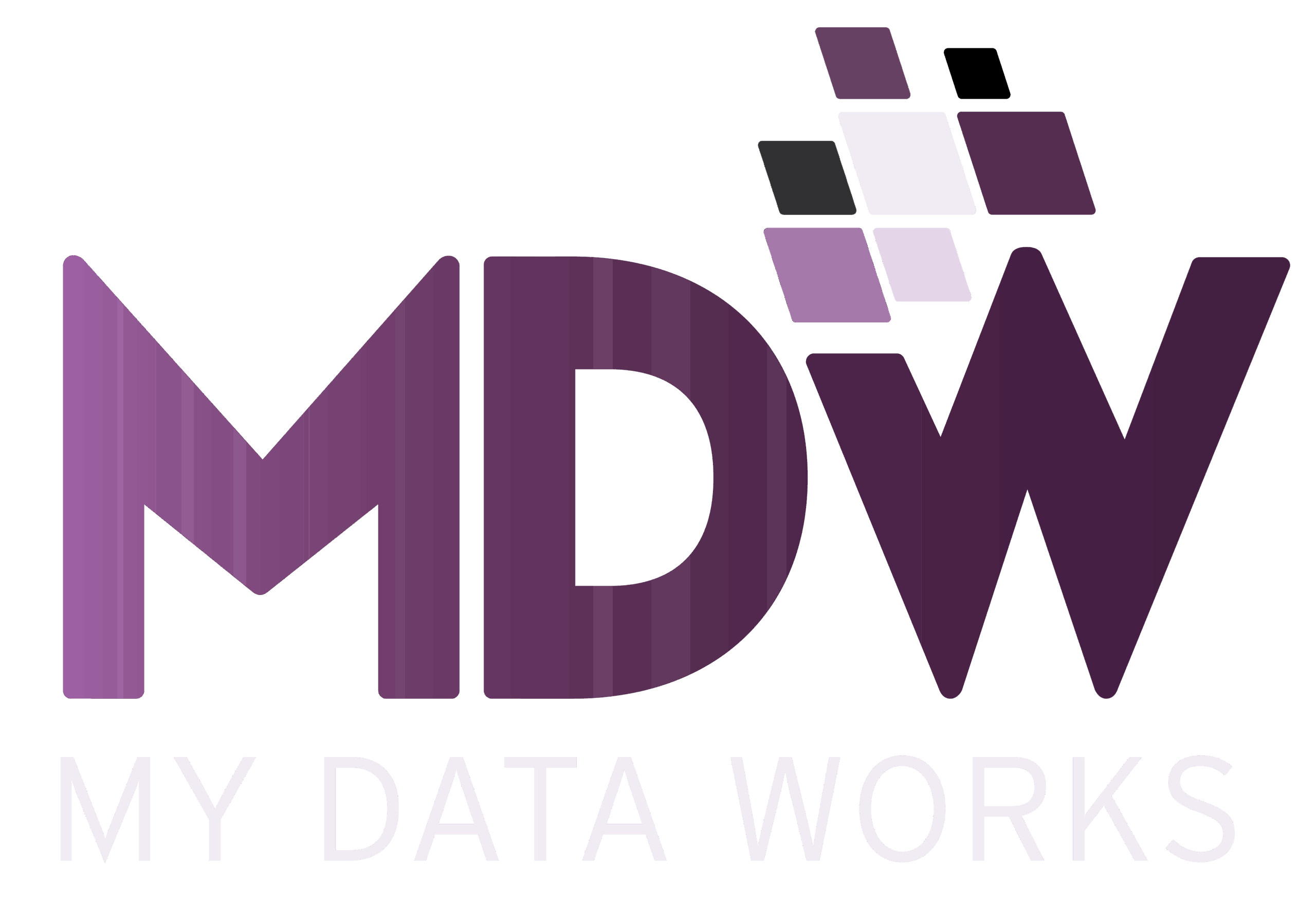PROFESSIONALIZE YOUR DEVICE ARMY WITH MDW AND MICROSOFT AZURE
Today, many companies rely on hundreds of AI models and thousands of IoT devices. These solutions help with sales forecasting, customer churn prediction, image recognition, and many other business needs.
Industries such as manufacturing, supply chain, and energy benefit even more by combining the power of AI and IoT. IoT devices are already present in factories and plants, and many of them can now run AI models directly on the edge. Thanks to this, companies can implement capabilities such as detecting defects, ensuring safety zones, identifying PPE on workers, counting people or pieces, and scanning delivery notes.
These solutions represent a major step forward in Industry 4.0 and bring significant improvements in revenue, safety, and automation.

The Latest Requirements in Industry
AI and industry evolve together. In the past decade, the main question was whether AI could solve specific business problems. Today, we already have clear evidence that it can. The new priority is to build a sustainable, secure, and governed environment for AI and IoT at scale.
Important questions appear quickly:
- Which AI model version runs on which IoT device?
- How can we update models safely?
- What do we do when a model’s performance drops?
- How do we manage many devices with different architectures?
Imagine a Data Science team developing a computer vision model to detect defects in metallurgical pieces. They deploy the first model across multiple IoT devices. Later, a new team member develops a better version using another architecture. Newer devices arrive too, requiring different types of modules. After several months, the company may have dozens of models, versions, images, and deployments — without a centralised system.
This complexity makes it essential to create a centralised and controlled environment for Data Scientists.

Three Components of an AIoT Solution
Building a professional AIoT ecosystem requires combining three areas: IoT, AI, and DevOps.
1. IoT
IoT devices are a cornerstone of Industry 4.0. They collect data, monitor equipment, warn operators of risks, and now execute AI models directly on the edge. Edge deployments bring important advantages:
- Lower latency
- No dependency on cloud connection
- Real-time insight
- Reduced bandwidth consumption
However, IoT devices present unique constraints:
- Many have limited size, memory, and processing power.
- Large AI models must be simplified through model quantization.
- IoT devices use different architectures such as ARM32, ARM64, or GPU.
Because of these differences, companies often need to create one module per device type, packaged most commonly using Docker containers.
A Docker image used for IoT must include:
- A trained AI model
- A base image adapted to the device’s CPU/GPU architecture
- A module that sends predictions to internal systems and the cloud
Companies often need multiple images for different devices, all stored in a registry such as Docker Hub or Azure Container Registry.
IoT Hub: From Modules to Massive Deployment
Azure IoT Hub offers:
- Bi-directional communication
- Secure device identity
- Module deployment
- Telemetry routing
It connects software (modules) and hardware (IoT devices), enabling organised deployments at scale.

2. AI and MLOps
Although AI models differ, AI projects follow similar phases:
- Exploratory analysis
- Feature engineering
- Model training
- Deployment
- Monitoring
MLOps automates these steps and ensures they are repeatable, traceable, and governed.
Azure Machine Learning Services
Azure ML centralises:
- Experiments
- Metrics
- Models
- Docker images
- Compute environments
This prevents Data Scientists from storing models on their personal computers and ensures full reproducibility.
Only a few lines of extra code are needed to register models, log experiments, and track every step.

3. DevOps
DevOps orchestrates the entire AI and IoT solution.
A DevOps pipeline allows teams to automate tasks such as:
- Running feature engineering
- Training AI models
- Registering the best model
- Building IoT modules
- Pushing modules to different registries
- Deploying modules to IoT devices
Unique triggers for AIoT pipelines include:
- New training data
- New model version
- New model architecture
- New IoT device generation
With DevOps, Data Scientists become more autonomous, and IT teams focus on higher-value tasks.

Once the model part is completed, the pipeline continues with the creation and deployment of IoT modules.

AIoT Ops: End-to-End Solution
By combining AI, IoT, DevOps, and Azure services, companies achieve a complete end-to-end AIoT solution:
- Process data
- Train models
- Register models
- Build Docker modules
- Deploy modules to devices
This ensures full control over models, devices, versions, and deployments.

This final graphic summarises the entire journey from raw dataset to an intelligent IoT device in production.
Did You Know?
Building a DevOps pipeline for AI and IoT may seem complex, but the long-term benefits are significant. MLOps is already recognised for improving AI quality and reliability. Extending these practices to IoT deployments accelerates the transformation towards Industry 4.0.
After a decade of experimentation, companies now need governance, security, and productivity.
AIoT Ops is the next step.
How MDW Can Help
As a triple Microsoft Gold Partner, MDW supports organisations in designing and implementing AIoT solutions.
Our teams can help you with:
- Creating a centralised and sustainable environment for Data Scientists
- Developing advanced AI models
- Building complex IoT modules with embedded AI
- Orchestrating everything with DevOps pipelines
- Adapting the solution to your current infrastructure
You can book a free consultation call with our experts at a time that suits you.






